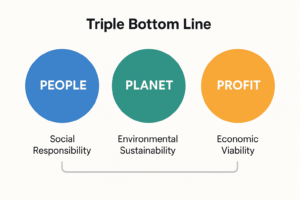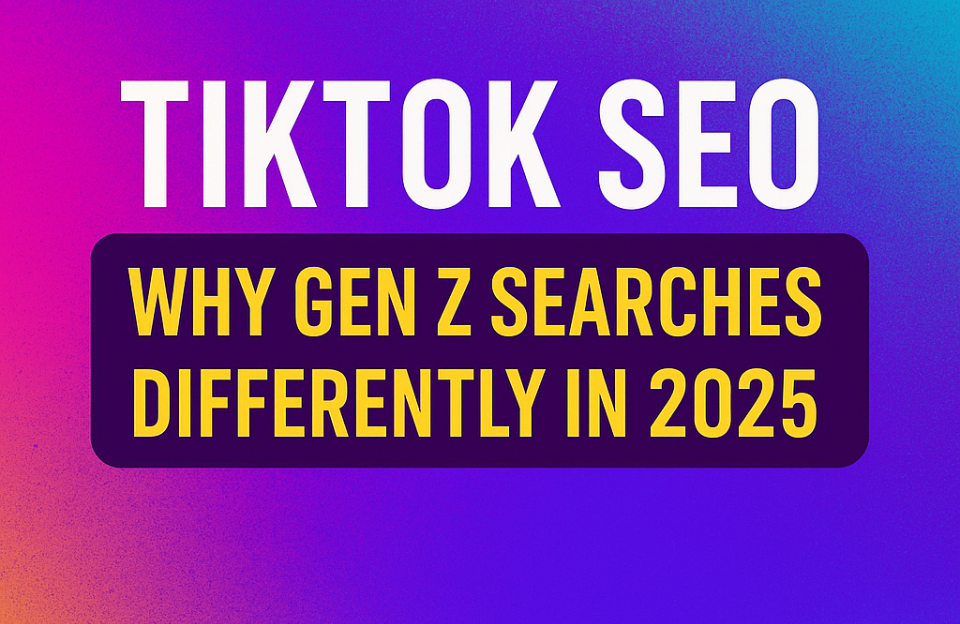Marketing is often seen as a tool businesses use to sell more products — but that’s only part of the story. While micromarketing focuses on tailoring offers to individuals or niche groups, macromarketing zooms out. It explores how marketing practices impact society as a whole.
In this blog, we’ll explore:
- What macromarketing means
- How it differs from micro- and mesomarketing
- The goals of macromarketing
- Useful frameworks and real-world examples
- Key challenges and ethical considerations
What Is Macromarketing?
Macromarketing is the study of how marketing systems affect the well-being of society and the functioning of the economy. Instead of focusing on individual firms or consumers, it looks at the big picture — how the entire marketing ecosystem connects supply and demand at a societal level.
It addresses questions like:
- How do marketing systems allocate resources?
- Are goods and services distributed fairly?
- What role does marketing play in sustainable development?
“Macromarketing is the study of marketing systems, their impact on society, and how societal goals can be supported through marketing practice.”
— William D. Perreault Jr.
Macromarketing vs. Micromarketing vs. Mesomarketing
| Level | Focus | Example |
|---|---|---|
| Micromarketing | Individuals or small groups | Personalized Instagram ads for a niche product |
| Mesomarketing | Industries or institutions | Nationwide marketing by supermarket chains promoting health |
| Macromarketing | Society/system-wide | Global food distribution and health promotion systems |
Why Macromarketing Matters
When marketing is viewed as a societal system, its influence goes far beyond business performance. It contributes to:
- Resource distribution efficiency — e.g. ensuring agricultural produce reaches cities before spoiling.
- Social equity and inclusion — e.g. public service campaigns promoting education or health access.
- Environmental sustainability — e.g. encouraging sustainable consumption through green messaging.
Key Concepts and Models in Macromarketing
1. The Marketing System Model
This model views marketing as a cyclical system involving:
- Inputs: Resources, information, innovation
- Processes: Production, pricing, distribution, promotion
- Outputs: Goods, services, behavior change
- Feedback: Consumer response, societal impact, regulation

2. The Societal Marketing Concept
Beyond profit, this concept emphasizes marketing that balances business, customer, and societal interests.
Examples include:
- Patagonia promoting environmental protection alongside apparel
- Ben & Jerry’s combining ice cream with social justice messaging
- The Body Shop advocating for ethical sourcing
3. The Triple Bottom Line
A core framework evaluating organizational impact across three dimensions:
- People – Social responsibility (e.g. vaccine awareness campaigns)
- Planet – Environmental sustainability (e.g. eco-friendly products)
- Profit – Economic viability (e.g. accessible pricing models)

Real-World Examples of Macromarketing
Global Vaccine Distribution
Macromarketing played a major role in ensuring global vaccine access during the COVID-19 pandemic through cross-sector coordination, media campaigns, and logistics systems.
Fair Trade Certification
Fairtrade reshapes global supply chains through certification and awareness campaigns that educate consumers and protect producers.
Circular Fashion Platforms
Second-hand marketplaces like Vinted and ThredUp market sustainability and promote behavioral change in fashion consumption.
Challenges in Macromarketing
- Overconsumption — over-marketing leads to environmental strain.
- Digital inequality — unequal access to platforms and campaigns.
- Greenwashing — misleading sustainability claims.
- Cultural conflict — misaligned global messaging in local contexts.
Macromarketing in the Digital Age
Technology has transformed macromarketing — both enabling and complicating it:
- Social media amplifies reach but also misinformation.
- AI improves personalization but risks bias and exclusion.
- Big platforms like Google and Meta can drive large-scale societal campaigns — or reinforce social divides if misused.
Conclusion: Marketing’s Role in Society
Macromarketing challenges marketers to think beyond performance metrics. Are we building systems that improve access, fairness, and sustainability? Or are we contributing to inequality and overconsumption?
Marketing’s greatest impact lies not just in driving sales — but in shaping a better world for everyone.




